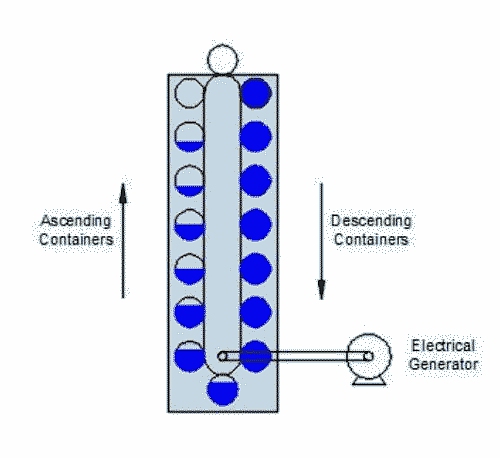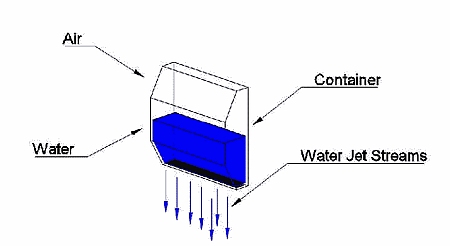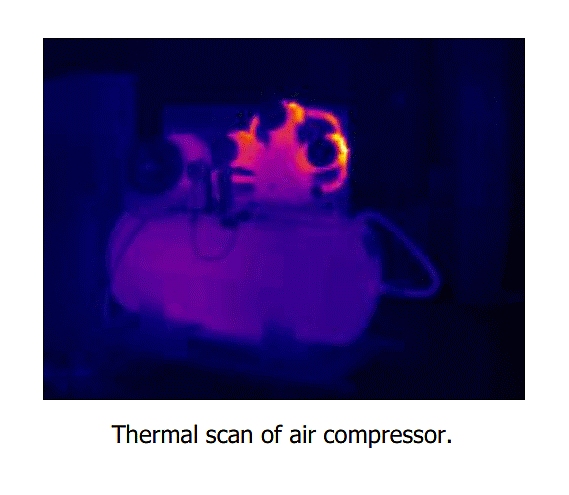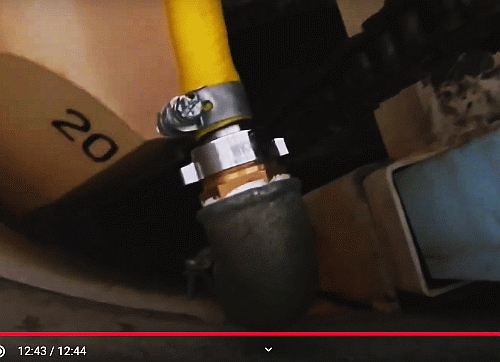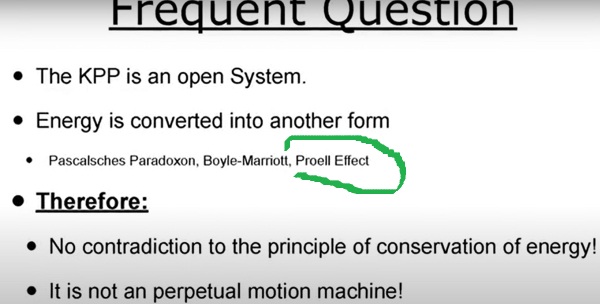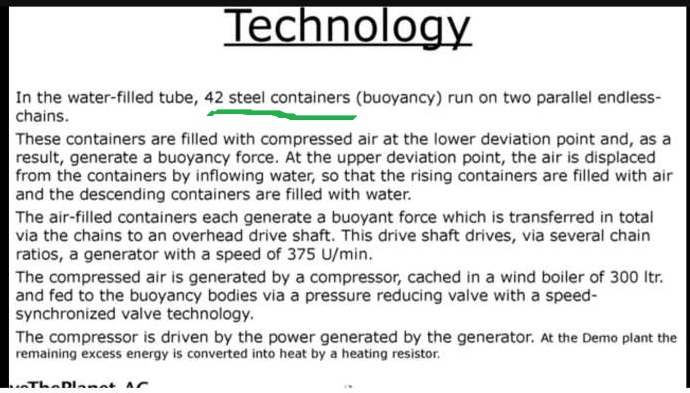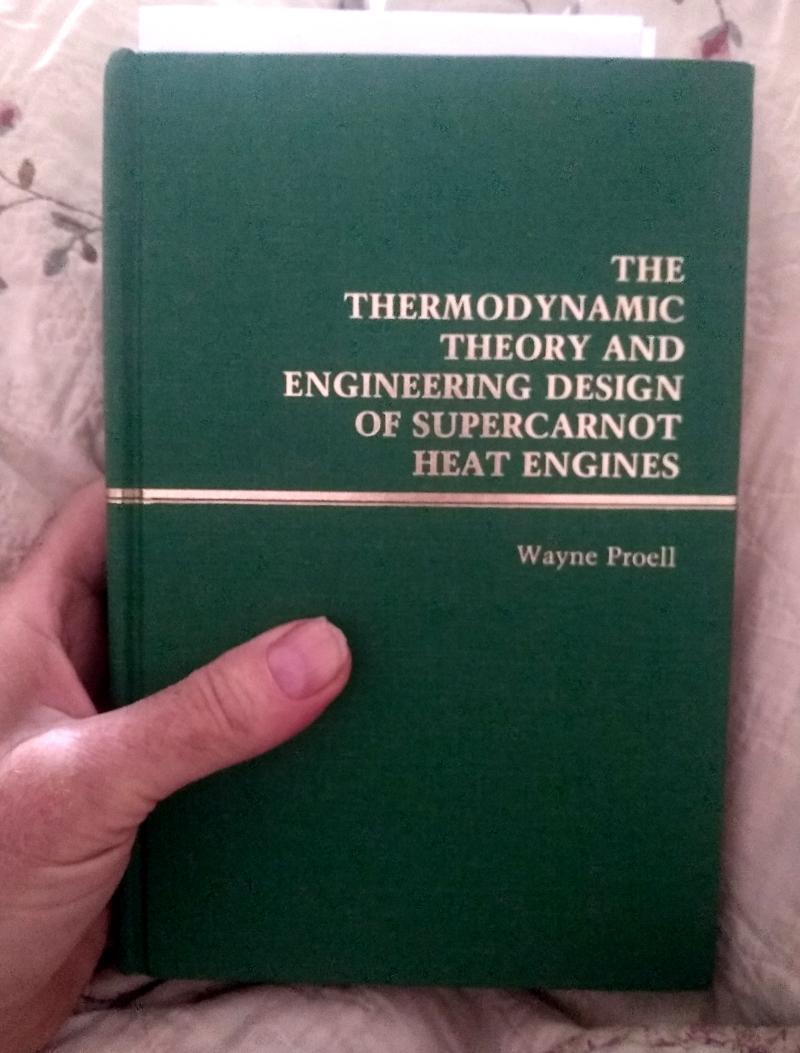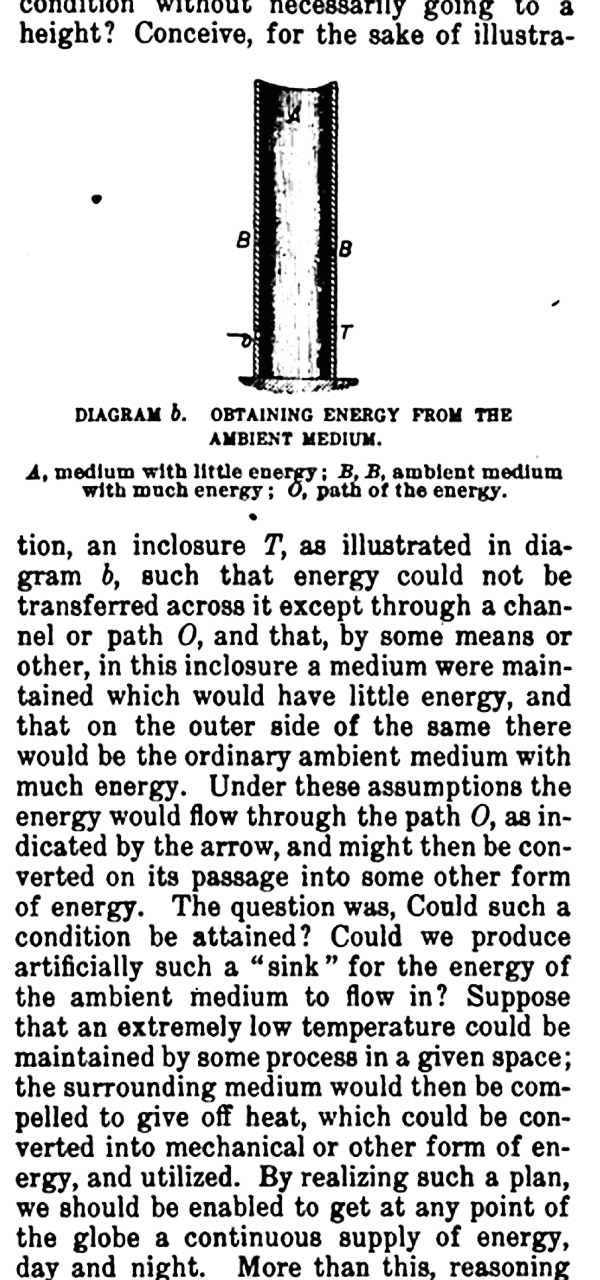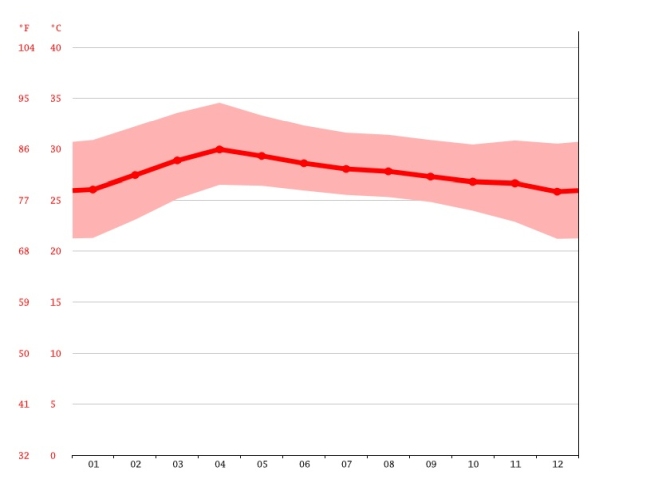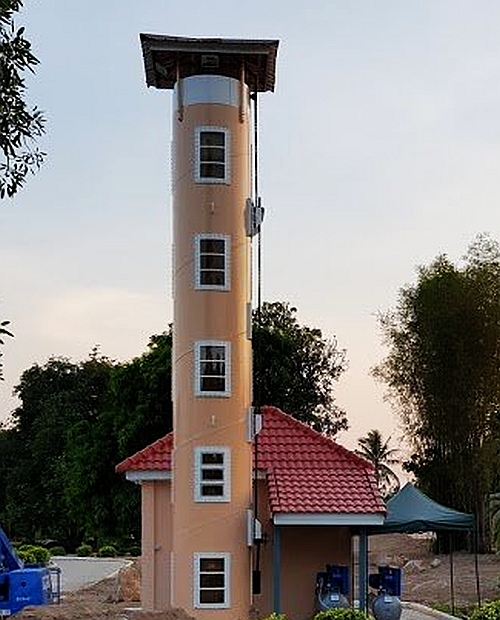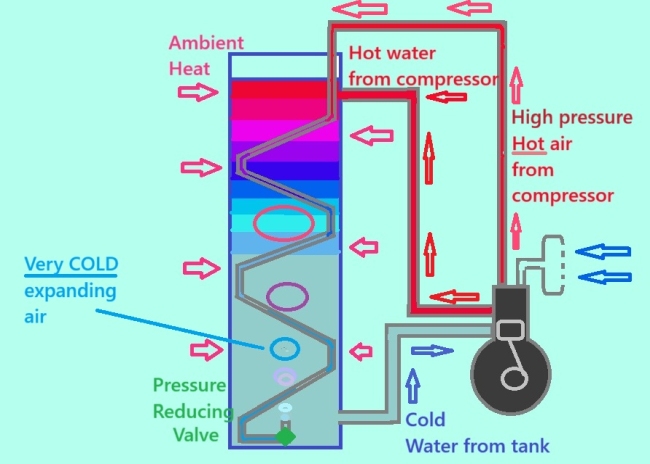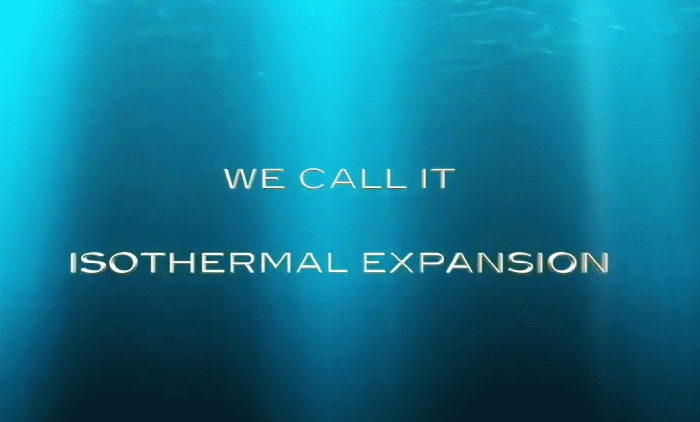Thermal-Buoyancy power plant / Thermisches Auftriebskraftwerk
21.06.2025 um 03:36Fork/Ableger/Spin-off from: Auftriebskraftwerk
I'm an English speaking American interested in the topic of the Auftriebskraftwerk (Rosch/GAIA buoyancy power plant).
I don't personally care one way or the other what language anyone uses in here, English, German, French, Spanish,... whatever, it's all easy enough to translate, if there is an actual interest in a topic, it's worth the bit of trouble, as if it were any trouble at all.
This thread is a little different in intent from the earlier thread: Auftriebskraftwerk in that I'm primarily interested in exploring the THERMAL aspects of this device or invention, which has been described from its earliest appearance as a "Stirling Engine" by some who appeared to be knowledgeable in regard the particulars of its construction and operation.
I am also not very interested in the Rosch/GAIA/Ki-Teck/Save the Planet etc. etc. organizations, businesses, corporations, groups, or whatever and their day to day activities, developments, business dealings, ethics, finances, corporate structure, board memberships, credibility, or any similar or related aspects of this device that others seem to be preoccupied with.
My personal view about this "buoyancy" generator is that if it works, or even APPEARS to SOMETIMES work, AT ALL, as a "self running" machine, whether producing any "excess" power output or not, the most likely explanation is that this is due to the conversion of HEAT into mechanical WORK. I am willing to entertain arguments to the contrary, but I have been researching and studying this topic for some time, have a pretty solid background in how Stirling Heat engines operate, as well as training is other heat/energy manipulating devices; heat pumps, cryocoolers, HVAC, refrigeration, etc. so convincing me that there is some OTHER explanation could prove to be rather difficult.
I'm also not interested in patenting, selling, or marketing the device or any variation or "improved" version. If anything, I would build my own. Mostly just out of curiosity, to see if it could work, or not, and/or to test my assumptions.
If it is ACTUALLY a THERMAL generator, the same as, or similar to a Stirling Heat engine, then it appears that those active in the development MAY not even be fully aware of this, or fully convinced of this themselves. Or perhaps they are keeping "the secret" under wraps, or intentionally diverting attention away from this rather obvious explanation, perhaps due to the fact that the Stirling engine was invented in 1816, so patenting the device on that basis would be problematic in terms of "prior art", aside from the "perpetual motion" issue.
A THERMAL explanation, however, has long been hinted at, and sometimes, by some, explicitly stated. For example:https://www.zilverstroom.com/english/ (emphasis added)
also: in 2014 the device was described as a Stirling Engine (Stirlingmotors) http://www.overunity.de/1797/rosch-auftriebskraftwerk-gaia-auftriebs-kraftwerk-wie-es-funktioniert (Archiv-Version vom 07.12.2022)
Having studied and built Stirling engines for about 29 years, I came to this same conclusion independently.
Assuming the device is a kind of Heat Engine or THERMAL engine, several possibilities for making various modifications and improvements present themselves. This is the main area I would like to explore, especially for or with anyone interested in a DIY (Do it yourself) type project.
I'm an English speaking American interested in the topic of the Auftriebskraftwerk (Rosch/GAIA buoyancy power plant).
I don't personally care one way or the other what language anyone uses in here, English, German, French, Spanish,... whatever, it's all easy enough to translate, if there is an actual interest in a topic, it's worth the bit of trouble, as if it were any trouble at all.
This thread is a little different in intent from the earlier thread: Auftriebskraftwerk in that I'm primarily interested in exploring the THERMAL aspects of this device or invention, which has been described from its earliest appearance as a "Stirling Engine" by some who appeared to be knowledgeable in regard the particulars of its construction and operation.
I am also not very interested in the Rosch/GAIA/Ki-Teck/Save the Planet etc. etc. organizations, businesses, corporations, groups, or whatever and their day to day activities, developments, business dealings, ethics, finances, corporate structure, board memberships, credibility, or any similar or related aspects of this device that others seem to be preoccupied with.
My personal view about this "buoyancy" generator is that if it works, or even APPEARS to SOMETIMES work, AT ALL, as a "self running" machine, whether producing any "excess" power output or not, the most likely explanation is that this is due to the conversion of HEAT into mechanical WORK. I am willing to entertain arguments to the contrary, but I have been researching and studying this topic for some time, have a pretty solid background in how Stirling Heat engines operate, as well as training is other heat/energy manipulating devices; heat pumps, cryocoolers, HVAC, refrigeration, etc. so convincing me that there is some OTHER explanation could prove to be rather difficult.
I'm also not interested in patenting, selling, or marketing the device or any variation or "improved" version. If anything, I would build my own. Mostly just out of curiosity, to see if it could work, or not, and/or to test my assumptions.
If it is ACTUALLY a THERMAL generator, the same as, or similar to a Stirling Heat engine, then it appears that those active in the development MAY not even be fully aware of this, or fully convinced of this themselves. Or perhaps they are keeping "the secret" under wraps, or intentionally diverting attention away from this rather obvious explanation, perhaps due to the fact that the Stirling engine was invented in 1816, so patenting the device on that basis would be problematic in terms of "prior art", aside from the "perpetual motion" issue.
A THERMAL explanation, however, has long been hinted at, and sometimes, by some, explicitly stated. For example:
Where does the energy come from?source:
Similar to a heat exchanger, the Kinetic Power Plant (KPP) system transforms energy.
Upon introduction of heat exchangers (heat pumps) to the market, they were initially thought to violate thermodynamic laws. However, we now understand how they work and have accepted the method of amplifying energy by using the heat potential in our surroundings.
The major technical innovation in a Kinetic Power Plant is a next-generation generator, with a COP <20, that requires less torque to produce electrical energy compared to a similar generator. Rosch Innovations scientists refer to it as an electromagnetic resonance reaction induced by the B3 field.
Rosch Innovations will provide a more in-depth explanation of the technology’s principle to actual clients or investors, but there are also some KPP secrets that can never be disclosed to anyone.
also: in 2014 the device was described as a Stirling Engine (Stirlingmotors) http://www.overunity.de/1797/rosch-auftriebskraftwerk-gaia-auftriebs-kraftwerk-wie-es-funktioniert (Archiv-Version vom 07.12.2022)
Having studied and built Stirling engines for about 29 years, I came to this same conclusion independently.
Assuming the device is a kind of Heat Engine or THERMAL engine, several possibilities for making various modifications and improvements present themselves. This is the main area I would like to explore, especially for or with anyone interested in a DIY (Do it yourself) type project.

